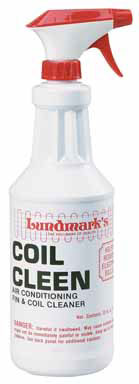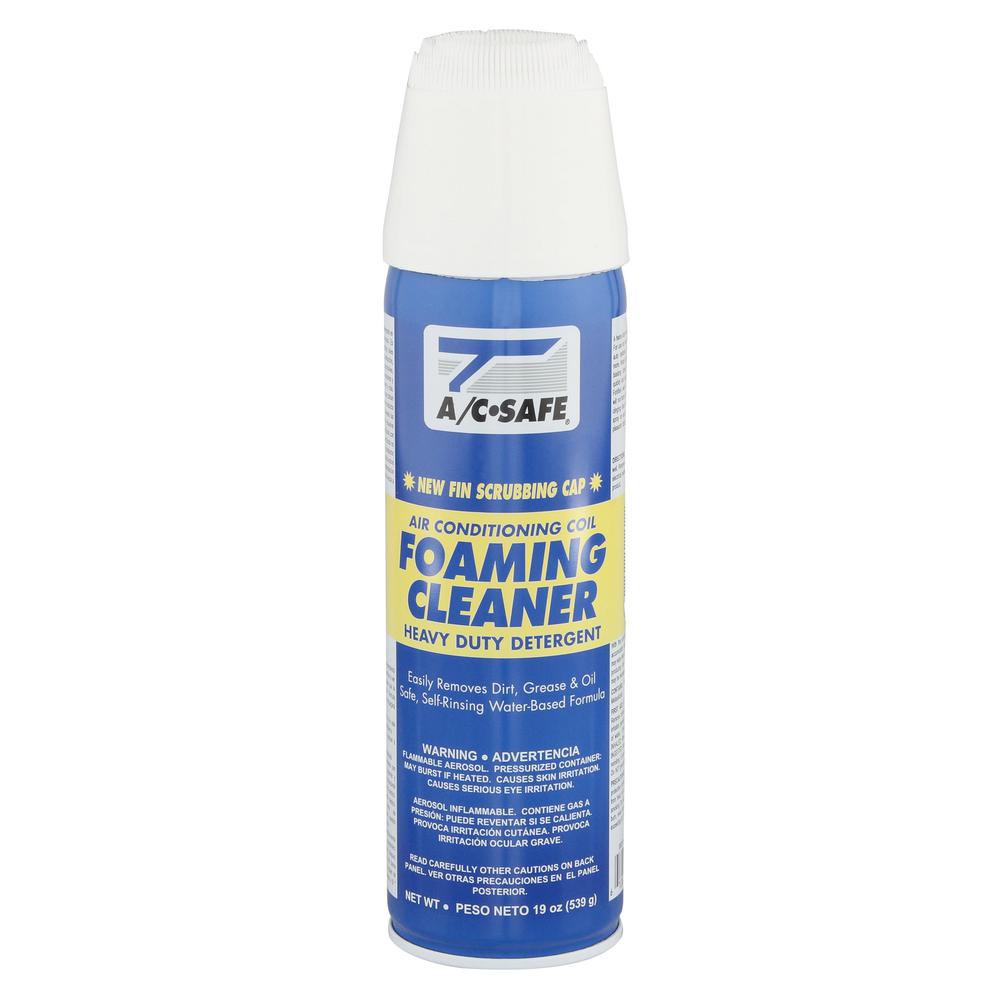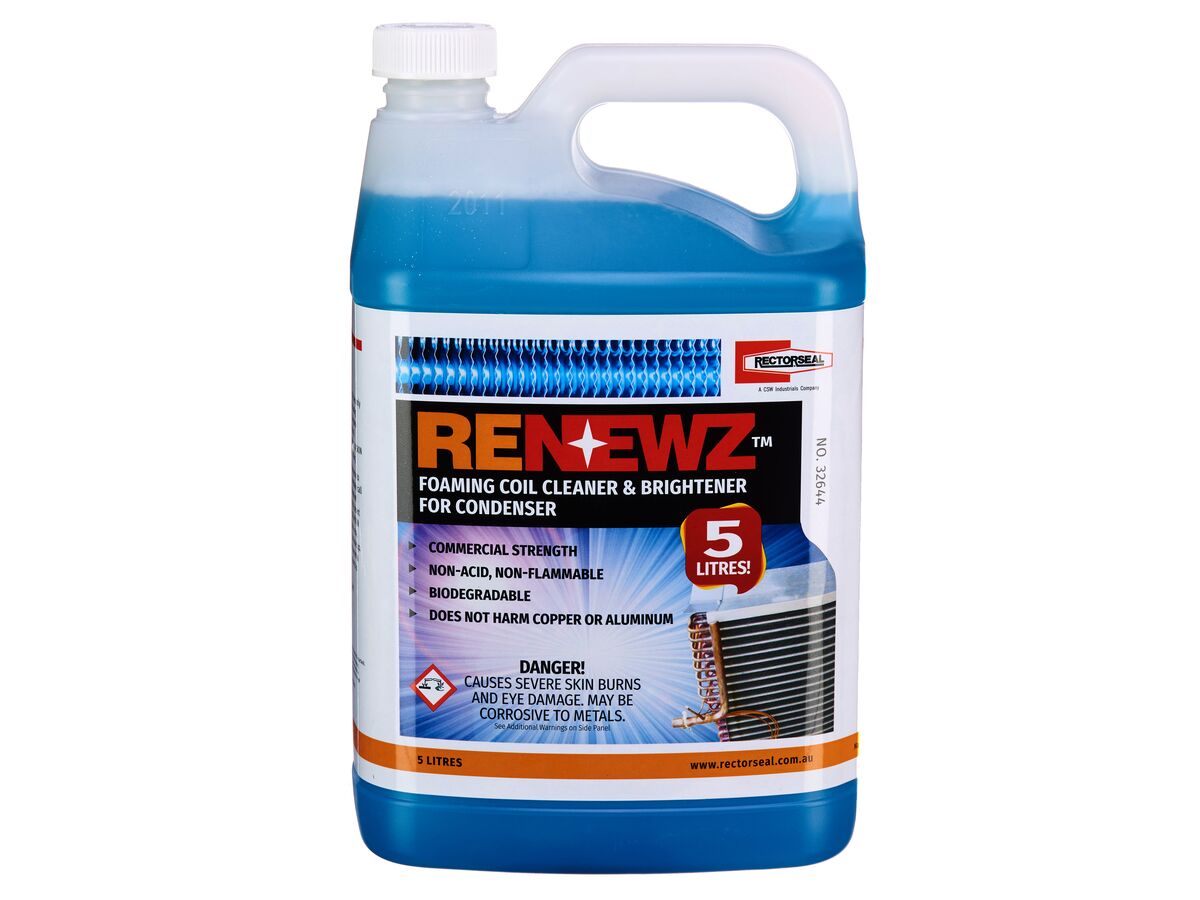

They are not effective against hydrophilic viruses but are effective against lipophilic viruses.Īlkyl dimethyl benzyl ammonium chloride, alkyl dimethyl ethylbenzyl ammonium chloride, benzyl alkyl dimethyl ammonium chloride, didecyl dimethyl ammonium chloride, dioctyl dimethyl ammonium chloride, N-alkyl dimethyl benzyl ammonium chloride, octyldecyldimethylammonium chloride and quaternary ammonium chloride Their effectiveness and safety increase when they are combined with other disinfecting agents. The bactericidal action of the quaternaries has been attributed to the inactivation of energy-producing enzymes, denaturation of essential cell proteins and disruption of the cell membrane. Quaternary compounds (Available as both high- and low-level disinfectant) The biocidal activity of glutaraldehyde results from its alkylation of sulfhydryl, hydroxyl, carboxyl, and amino groups of microorganisms, which alters RNA, DNA and protein synthesis.įormaldehyde, paraformaldehyde, glutaraldehyde, calgocide 14, cidex and vespore Glutaraldehyde (1.0-1.5%) - excellent disinfective qualities against all bacteria, bacterial spores and viruses. Read all the instructions written on each disinfectant and cleansing bottle carefully before using.
#CLEANX COIL CLEANER MANUAL#
All instructions in the operator manual regarding cleaning and disinfection must be always observed.ġ5. Downtime of at least 30–60 minutes is required after disinfection.ġ4. Seal the equipment room with tape and plastic covering doors and vents during cleaning.ġ3. The air-conditioning units should be switched off during the cleaning process.ġ2.
#CLEANX COIL CLEANER INSTALL#
Install exhaust ventilation systems in ultrasound and x-ray rooms.ġ1. While disinfecting facilities, care should be taken to ensure that the discharge of the vapours is sufficiently removed from the windows. If soap and water are not available and hands are not visibly dirty, an alcohol-based hand sanitizer that contains at least 60% alcohol may be used.ĩ. Wash hands with soap and water after removal of gloves.Ĩ. Alcohol solutions should contain ≤70% alcohol.ħ. X-ray and ultrasound systems should be covered with two-layer of fluid impermeable plastic if fogging is being done.ĥ. Never mix household bleach with ammonia or any other cleanser.Ĥ. Follow manufacturer's instructions for cleaning. Always switch the system off at the main power before cleaning.ģ. Wear proper personal protective equipment (PPE) – triple-layer surgical mask, disposable gown, heavy duty gloves, shoe cover, cap and face shield/ goggles while cleaning.Ģ. Various chemical disinfectants available in the market are highlighted in Table 2 and Figures Figures1, 1, ,2 2.ġ. General principles to be followed while cleaning and disinfecting the radiology facilities and equipment are listed in Table 1. The purpose of this article is to consider the effects of COVID-19 on the imaging equipment, with particular consideration from the guidelines currently available from the Centers for Disease Control and Prevention, Ministry of Health and Family Welfare that may be applicable to radiology. As of 3 rd May 2020, the Ministry of Health and Family Welfare have confirmed a total of 26535 cases and 1223 deaths in the country since its first case on 30 th January.Ĭleaning and disinfecting activities in hospitals are critical for preventing healthcare-associated infections.


On 30 th January 2020, the WHO Emergency Committee declared a global health emergency based on the growing case notification rates at Chinese and international locations. The current outbreak of the novel coronavirus SARS CoV-2, epi-centred in Hubei Province of the People's Republic of China, has spread to many other countries.


 0 kommentar(er)
0 kommentar(er)
